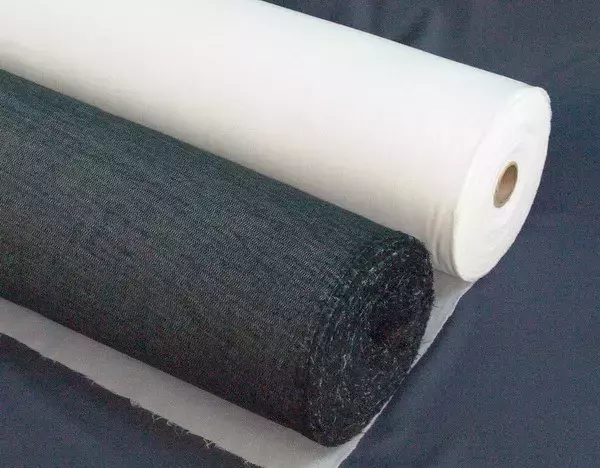The fashion industry has undergone a significant transformation, with a growing emphasis on sustainability and eco-friendliness. One of the key players in this movement is non woven interlining, a revolutionary material redefining how we approach fashion design and production. Let’s explore how non woven interlining is making waves in the realm of eco-friendly fashion.
Understanding Non woven interlining
Introduction to Non-Woven Technology
Non woven interlining is a versatile fabric produced using innovative non-woven technology. Unlike traditional woven fabrics, created by weaving yarns together, non-woven fabrics are manufactured by bonding or interlocking fibers using techniques such as heat, pressure, or chemical adhesives. This process results in a lightweight, durable, and highly adaptable fabric, making it ideal for a wide range of applications in the fashion industry.
Environmental Benefits of Non woven interlining
One of the most significant advantages of non-woven interlining is its eco-friendliness. Unlike conventional woven fabrics, which often require extensive water, energy, and chemical inputs during manufacturing, non-woven interlining can be produced using sustainable methods with minimal environmental impact. Additionally, non-woven fabrics are typically made from recycled or biodegradable materials, reducing their carbon footprint and contributing to landfill waste.
Applications in Sustainable Fashion
Enhancing Garment Structure and Performance
Non woven interlining plays a crucial role in enhancing garments’ structural integrity and performance. Providing support, shape, and stability to fabrics enables designers to create more tailored and polished looks without sacrificing comfort or flexibility. Whether used in collars, cuffs, or linings, non woven interlining ensures that garments maintain their shape and drape beautifully, prolonging their lifespan and reducing the need for frequent replacements.
Facilitating Sustainable Production Practices
In addition to its environmental benefits, non woven interlining also enables fashion brands to adopt more sustainable production practices. Its versatility and ease of use make it a preferred choice for manufacturers seeking to streamline their production processes and minimize waste. By incorporating non woven interlining into their designs, brands can reduce fabric waste, optimize material utilization, and lower production costs, all while maintaining high standards of quality and craftsmanship.
Future Trends and Innovations
Exploring New Materials and Technologies
As the demand for sustainable fashion continues to grow, so does the need for innovative materials and technologies. In response, researchers and manufacturers are continually exploring new ways to enhance the sustainability and performance of non woven interlining. From experimenting with alternative fibers and biodegradable additives to developing advanced production techniques, the future of non woven interlining holds exciting possibilities for eco-conscious designers and consumers alike.
Embracing Circular Fashion Principles
Looking ahead, non woven interlining is poised to play a key role in advancing circular fashion principles, prioritizing resource efficiency, waste reduction, and product longevity. Fashion brands can minimize their environmental footprint by designing garments with durability, reparability, and recyclability in mind, contributing to a more sustainable and equitable industry. The versatility and sustainability of nonwoven interlinings make them valuable tools for realizing this vision of a circular fashion economy.
Non woven interlining is revolutionizing eco-friendly fashion with its sustainable properties, versatile applications, and innovation potential. As consumers increasingly prioritize environmental and social responsibility, non woven interlining offers a compelling solution for fashion brands seeking to align with these values while maintaining style, quality, and performance. By embracing non woven interlining, the fashion industry can pave the way toward a more sustainable and ethical future for all.


Leave a Reply